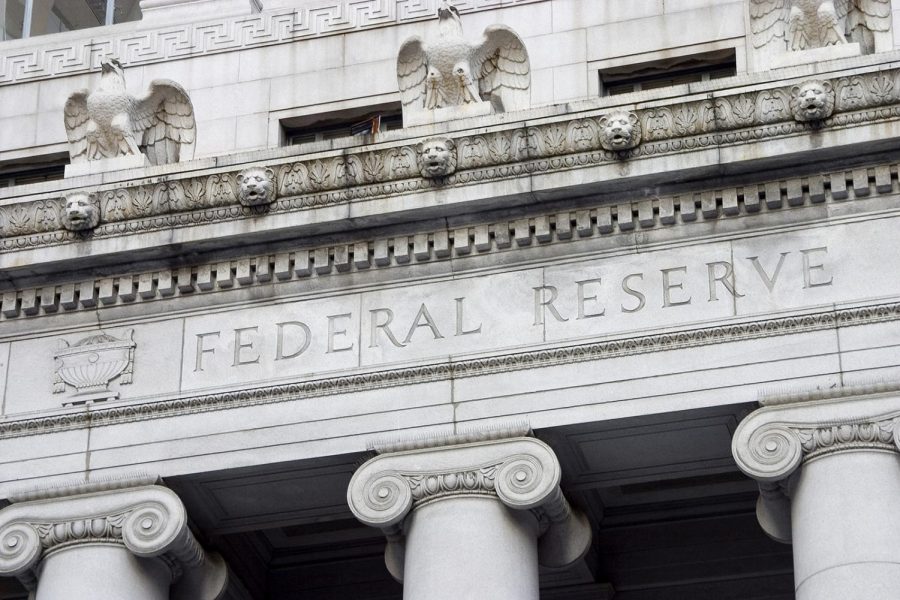Price to pay with stimulus money
Columnist Colin Horning discusses the long-term effects stimulus checks have on the Federal Reserve.
Mar 22, 2021
After the passage and signing from Congress and the White House of the $1.9 trillion stimulus package, most people (including dependents) have begun to see their $1,400 checks show up in their bank accounts. This being the third COVID-19 relief stimulus bill passed in the last calendar year, there are still questions to be had about whether these bills have actually had a positive impact on “stimulating” the economy. While it might provide a short-term boost due to the masses spending their excess cash or boosting stock prices in the market, there are likely going to be more long-term effects of these bills post- COVID-19 that are not being considered right now.
I understand the need to provide economic relief from the federal government and the federal reserve, as millions of people have fallen on hard times recently. Many of these people need money to make ends meet, thus being the motivation for relief money from the government. That being said, for a lot of people receiving these checks, the money simply isn’t needed. They are being handed $1,400 of their own taxpayer dollars when they haven’t been in need for monetary relief, whatever their situation is.
While handing out relief to millions of people in the form of paychecks is warranted to an extent, the economic effects are much greater than are being perceived. In order for the federal government to provide such a large spending bill, the printing presses need to go to work. In other words, the Fed needs to drastically increase the money supply in order to literally throw money at the issue to help. This, of course, will lead to higher inflation rates down the road, which is something already being discussed in the financial world. By adding so much to the money supply, the government and the Fed have continued to devalue the dollar with no end in sight. Not only that, but inflation also causes the general increase of prices of goods and services. Being that the currency has less value, vendors and retailers need to increase their prices in order to make any money off of their transactions.
I hope that the COVID-19 relief paychecks received by those who needed it were able to help them get through any hardships they have had going on in the last year. After all, thousands of businesses had to close their doors and weren’t able to stay above water since the pandemic began. However, I do believe that rather than closing down businesses indefinitely and handing the masses stimulus checks could have been resolved in a different way. The best way to “stimulate” the economy is to allow businesses to re-open and conduct business as usual.
When people are working again and spending their own hard-earned money instead, the results are time-tested. Rather than adding more to the deficit and inflating the dollar through more government spending and money-printing, the best way to get the economy back up and running is by getting the government out of the way and letting the marketplace thrive


















